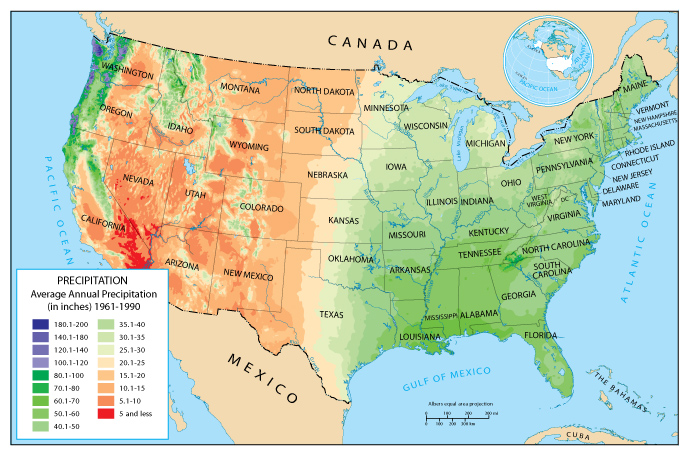
Figure 4.6.2, United States' average annual
precipitation. (“Precipitation Map of the United States,” National
Atlas of the United States, 2005.
http://nationalatlas.gov/printable/precipitation.html#list)
|
|
The weather has a huge impact on human settlement patterns. The
amount of precipitation an area receives greatly impacts the size of
the population that can be supported. Compare Figures 4.6.1 and
4.6.2 above. Look at the population density map. Find the areas that
have a population of less than four people per square mile. Now
compare that information to the precipitation map. Do the areas with
a low population density occur in areas of high precipitation or low
precipitation? Now find the areas that have over one hundred people
per square mile. Compare these areas to the precipitation map. Do
most areas with a high population density occur in areas of low
precipitation or high precipitation? What conclusions can you draw
by comparing the two maps?
You may have noticed that some areas of high population density
occur in dry climates. For example, compare the population of
Southern California and the precipitation of Southern California. As
you can see, the precipitation level is very low and the population
density is very high. What do you think this can be attributed to?
Remember in the last section of this lesson how we examined climate
types. Do you remember what climate type is found in Southern
California? It is the Mediterranean climate. This means that the
temperature in Southern California does not change much—the winters
are never very cold. This might explain why a lot of people want to
live in California, but what about water? How does such a dry area
get enough water to support such a large population? The answer lies
in the mountain ranges. The mountains are very important to the dry
midlatitude climates because they work as water storage areas.
During the winter months, the mountains collect snow. When spring
comes, the snow slowly begins to melt. Throughout the summer the
snow melts, providing water to the areas below. In order to make the
most of the snowfall and collect as much water as possible,
elaborate reservoir systems have been constructed in the western
mountains of the United States. Reservoirs, or man-made lakes,
collect mountain snow as it melts; the water is then stored in the
mountain lakes until it is needed during the hot summer
months.
|





